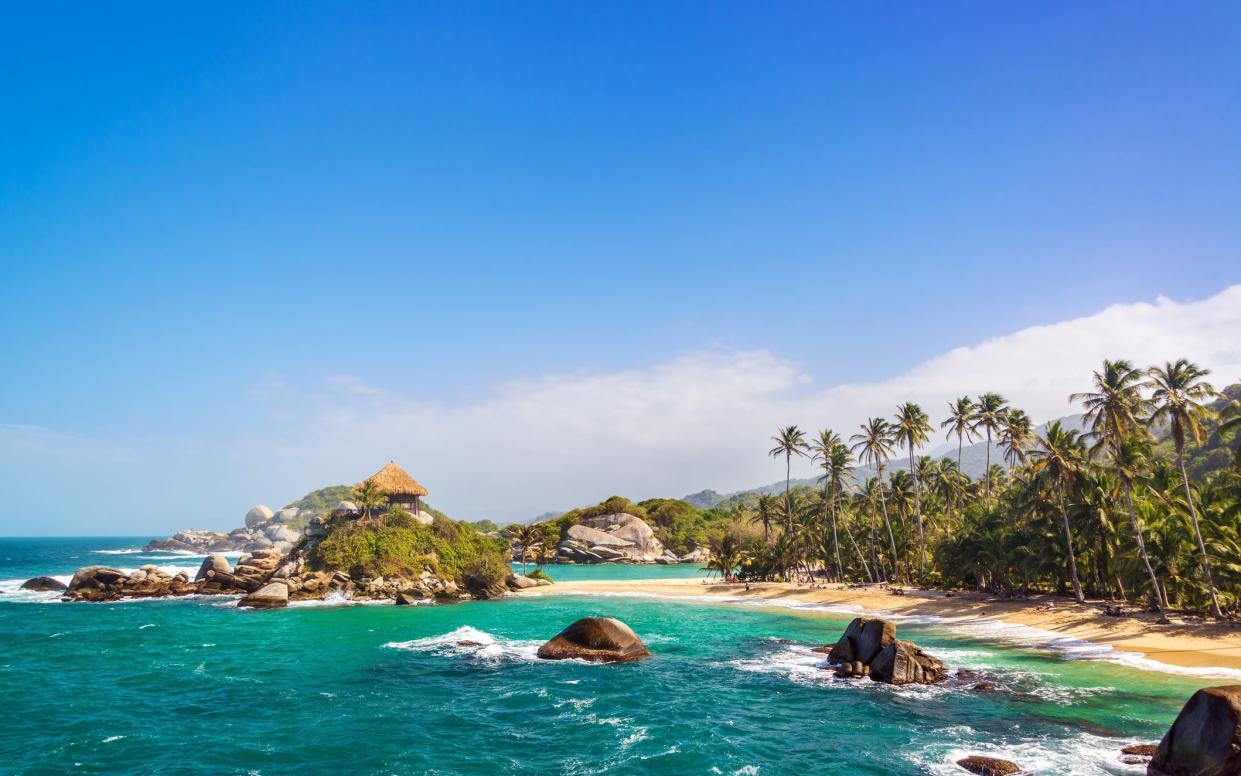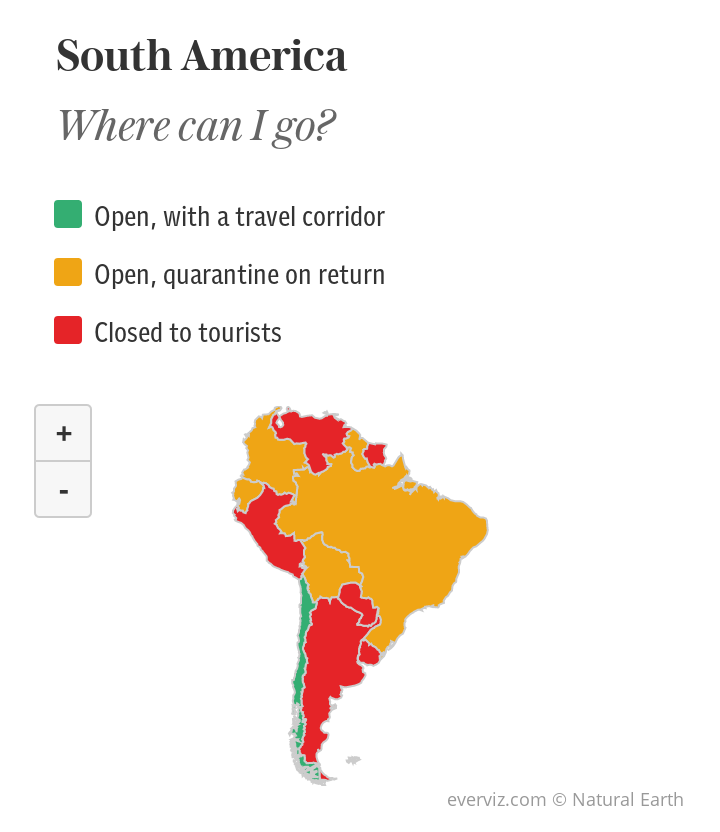'Most Colombians see going hungry as a far greater concern than Covid'

I arrived back in Colombia a couple of weeks ago with some trepidation. My business, El Rio Hostel, close to Santa Marta on the Caribbean coast, had been closed since March. We’d opted to err on the side of caution and wait a couple of months to restart, in lieu of throwing the doors open at the end of September, when Colombia’s lengthy lockdown finally officially ended. As it transpired we may have been over cautious – Colombian tourism, for Colombians at least, appears to have been running full steam ahead since restrictions were lifted.
Friends and strangers alike have been in touch to ask what my experiences have been like thus far, as most of Europe still trudges through various waves of enforced confinement. Arriving here was relatively painless – I flew just after Britain’s lockdown 2.0 ended, so departing the UK wasn’t an issue. Arriving in Colombia was similarly free from hassle; I have a work visa, but my friend got here from the UK as a tourist a couple of days ago and found it equally painless. No test is required upon arrival, no quarantine, and there is only an online form to fill in.
In South America, land borders remain closed – some have speculated that the governments are collectively using the pandemic as an excuse to stem the migration crisis from Venezuela. In Central America you can move between countries by providing a negative PCR test. According to a friend who runs Free Cerveza Hostel in Guatemala, one anomaly is that you can travel by land from Costa Rica to Nicaragua, but not the other way around; the border remains closed in that direction. It is also very easy to fly from Colombia to Panama and other countries in the area, such as Mexico, which has staunchly remained open throughout.

Upon arrival I spent a week in Bogotá, where there is currently no tourism and most hostels are closed, with a couple soldiering on in the Candelaria. The area, normally the backpackers hotspot and home to two universities and some of Bogota’s best colonial architecture, is a ghost town, with several “vendo o arriendo” signs outside formerly popular hostels. The food district of Chapinero and the northern Zona Rosa nightlife area, however, are buzzy with Bogotanos, with bars and restaurants open. Nightclubs remain closed.
Arriving back on the coast was a different story altogether. Santa Marta, a regional capital, is very busy with tourism, predominantly Colombians making the most of the annual peak holiday season, but there is a conspicuous smattering of internationals. The hostels in our area are busy on weekends and behind closed doors their bars are open and swinging, with a lot of activities running as before. The Lost City is open, but you have to do a test beforehand, as is Tayrona Park, a key attraction.
This area lives on tourism, and there has been a collective stance of “Covid doesn’t exist here”, with pretty much zero confirmed cases and only one death since March (a policeman, ironically, who was going round enforcing the restrictions). Several private health firms have carried out testing in the towns along the coast, with apparently no positive cases. It would appear that Covid in Colombia, at least in this area, has been restricted to the cities.
A strict lockdown, which began back in March and on paper lasted until September, was completely ignored by the locals in rural areas all across the country, with no social distancing and all shops reopening almost immediately. President Duque’s 44 exceptions to the lockdown restrictions left a lot of room for manoeuvre, so other than the mandatory face masks and temperature checks, normal life pretty much continued uninterrupted, with the obvious exception of the hospitality sector.

People here deal with mosquitos and bugs all the time, the worst of which are of the dengue and chikungunya varieties, but most are more mild and at worst leave you off your feet for a couple of days. Covid probably ripped through unhindered, but with symptoms largely identical to these stomach flus many people catch once or twice a year here, any cases of the virus have gone unnoticed. To many local people, the knock-on economic effect and consequent inability to provide for families has been a much larger concern; they are more worried about scraping by with what tourism there is than about the virus that’s brought the world to a standstill.
If all this sounds like an enticing prospect, you can reach Colombia relatively easily – or at least you could until flights were temporarily suspended in the wake of fears about a new Covid strain. Direct services from London to Bogota will hopefully resume in the coming weeks.

I’ve heard some say that by travelling around Colombia you’re potentially endangering the lives of locals, but from what I’ve witnessed most Colombians are going about their lives as normal and travelling their country freely, so you wouldn’t be doing anything that they are not (just don’t forget your mask). As I stated above, most locals who live from tourism see going hungry as a far greater concern than Covid.
By coming here you would also be helping the recovery of the economy, which around here at least is mainly reliant on tourism (the other source being agriculture). However, with the vaccine around the corner, if you’re planning a longer trip it might be better to wait – a traditional backpacking experience is still a way off (and with rumours of fresh restrictions being implemented following a recent spike in cases, nothing is certain).

